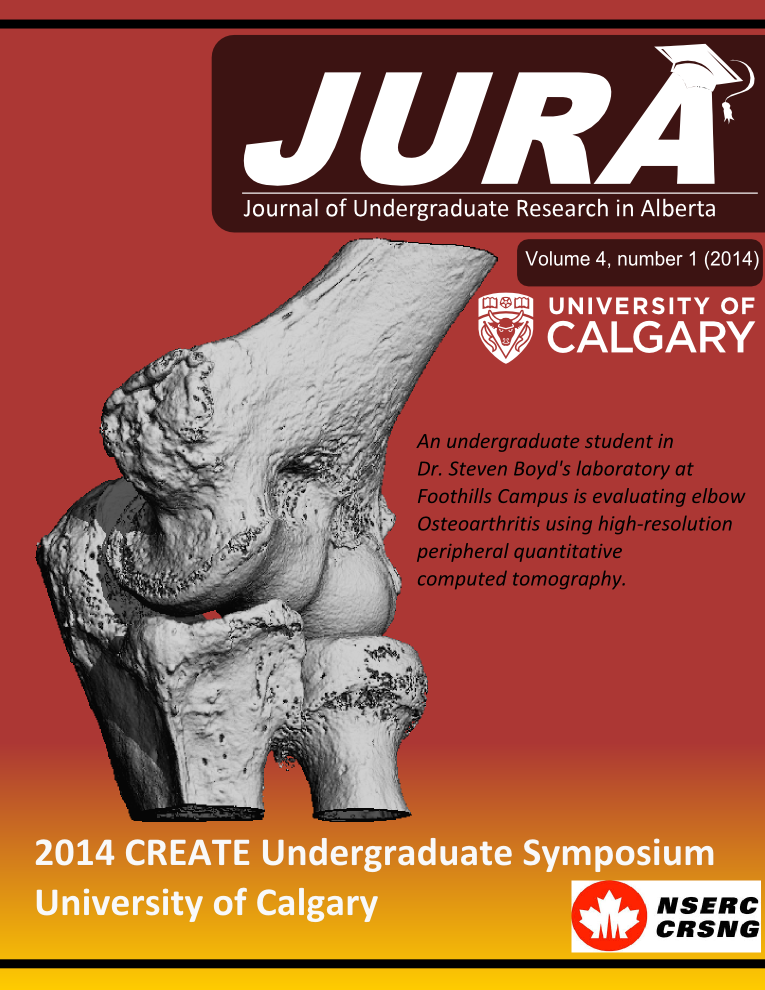AUTOMATION OF SIZING FOR EMBRYONIC STEM CELL AGGREGATES
Abstract
INTRODUCTION
Embryonic stem cells (ESCs) are derived from the inner cell mass of a blastocyst; ESCs are of significant importance to cell and tissue engineering due to their pluripotent status, the ability to form all cell types within the body [1]. Pluripotency is greatly valued in regenerative medicine by providing a potential cell source to restore function to damaged tissues.
A large quantity of stem cells is required in order for a stem cell therapy to be successful. Previous works have focused on expanding stem cell populations through stirred suspension bioreactors [2,3]. Bioreactors provide considerable advantages when compared to static tissue culture flask, including ease of automation and monitoring of specific parameters such as oxygen consumption and pH.
ESCs cultured in bioreactors grow in cell clumps called aggregates, as seen in Fig 1. These aggregates are sized throughout the culture period as a measure of growth and to assess mass transfer limitations. Commonly used methods to size aggregates are to use microscope images and software to manually determine the longest diameter and the orthogonal diameter. These methods are labour intensive and are susceptible to human error. To address common issues with current methods of aggregate sizing, this project focuses on automating aggregate sizing by developing a plugin for the image analysis software, ImageJ by the US National Institute of Health [4].
METHODS
Through development of the ImageJ plugin a process of image filters and enhancements were used to adjust the aggregates within an image so that sizing can occur. Based on Hunt’s use of ImageJ to analyze ESC culture growth and differentiation [5] we were able to determine suitable filters to process our aggregate images.
Obtaining orthogonal diameter for each aggregate was accomplished by modifying the particle analyzer in ImageJ. Dougherty’s Measure Roi plugin [6] formed the basis in developing a method to obtain the orthogonal diameter.
DISCUSSION AND CONCLUSIONS
By developing a plugin for ImageJ to automatically size aggregates we have developed methods to process aggregate images and have extended the particle analyzer to include a measurement for the orthogonal diameter. This allows for automation of the aggregate sizing process.
Future studies should assess the ability of using ImageJ to analyze and accurately size aggregates. The study should consider the application of different sets of image filters to increase accuracy of measurements. A comparison of manual aggregate sizing to automated aggregate sizing should be performed to ensure usability.
Downloads
References
2. Cromier JT, et al. Tissue Eng. 12(11) 3233-3245. 2006
3. Alfred Y, et al. Biotechnol Bioeng. 106(5), 829-840. 2010
4. Rasband W.S. http://imagej.nih.gov/ij/. 1997-2014
5. Hunt M. Developments in Bioreachnology and Bioprocessing. 165-181. 2013
6. Dougherty B. http://www.optinav.com/Measure-Roi.htm. 2014
Downloads
Published
Issue
Section
License
Authors retain all rights to their research work. Articles may be submitted to and accepted in other journals subsequent to publishing in JURA. Our only condition is that articles cannot be used in another undergraduate journal. Authors must be aware, however, that professional journals may refuse articles submitted or accepted elsewhere—JURA included.


